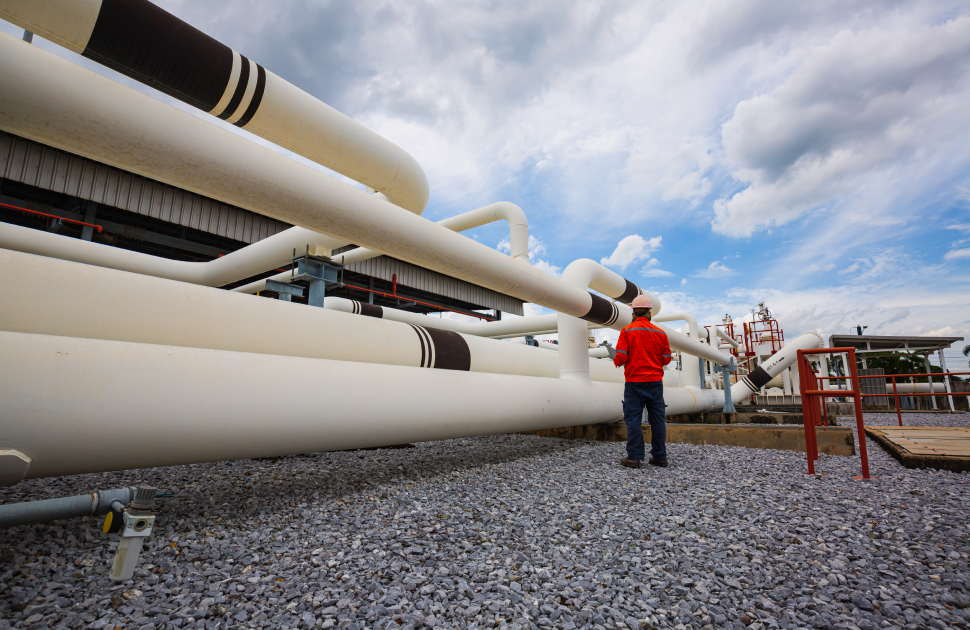Non-destructive testing (NDT) has become an essential part of modern manufacturing and maintenance practices. It allows engineers and technicians to evaluate the properties of a material or component without causing any damage, saving time and reducing costs. However, like any other industrial process, NDT has its own set of risks that need to be carefully managed to ensure the safety of workers and the environment.
One of the main risks associated with NDT is radiation exposure. Radiographic testing, for example, uses ionizing radiation to create images of the internal structure of materials, which can reveal defects such as cracks, voids, and porosity. While the level of radiation used in radiographic testing is generally low, exposure can still pose a risk to the health and safety of workers if not properly controlled. To minimize the risk of radiation exposure, workers must use appropriate personal protective equipment, such as lead aprons and gloves, and follow strict safety protocols and procedures.
Another risk associated with NDT is physical hazards. Ultrasonic testing, for example, involves the use of high-frequency sound waves, which can be harmful to the ears if not properly protected. To prevent hearing damage, workers must wear appropriate hearing protection, such as earplugs or earmuffs, and ensure that the equipment is properly calibrated to prevent excessive noise levels.
Environmental hazards are also a concern when it comes to NDT. Certain NDT methods, such as liquid penetrant testing, use chemicals that can be harmful to the environment if not properly handled and disposed of. Workers must be properly trained in the handling and disposal of these chemicals and follow strict safety protocols to prevent environmental contamination.
Misinterpretation of results is another risk associated with NDT. If NDT is not performed by trained and experienced personnel, the results can be misinterpreted, leading to incorrect conclusions about the condition of the material or component being tested. This can result in unnecessary repairs or, worse, failure of the material or component during operation. To mitigate this risk, companies must ensure that all personnel involved in the NDT process are properly trained and qualified and that proper quality control measures are in place.
Human error is also a risk when it comes to NDT. NDT relies heavily on human interpretation of the results, and human error can lead to false positives or false negatives, affecting the results. To reduce the risk of human error, companies should invest in automation and digital technologies that can help eliminate human bias and improve the accuracy and reliability of NDT results.
In conclusion, while NDT is generally considered a safe method of testing, there are still risks associated with its use that need to be carefully managed. To minimize these risks, companies must follow proper safety protocols and procedures, use appropriate personal protective equipment, and ensure that all personnel involved in the NDT process are properly trained and qualified. By doing so, they can ensure the safety of their workers and the environment and the reliability of their NDT results.

.png)








